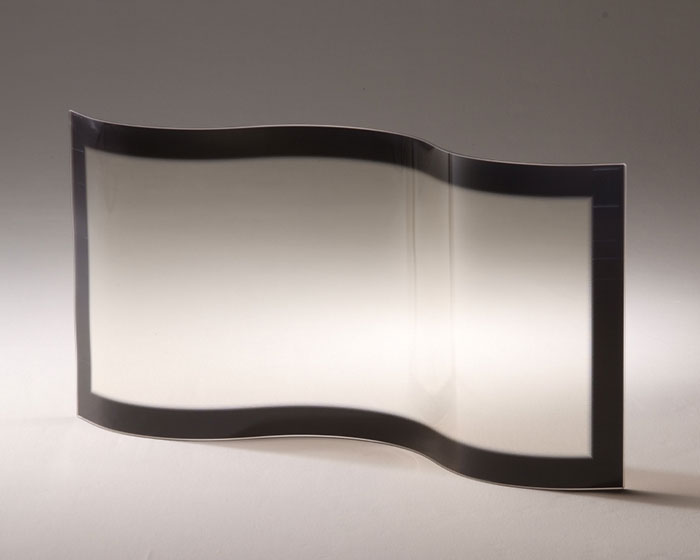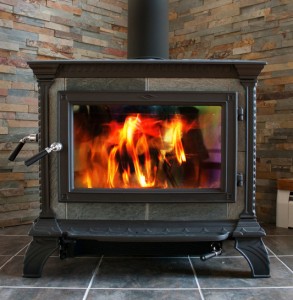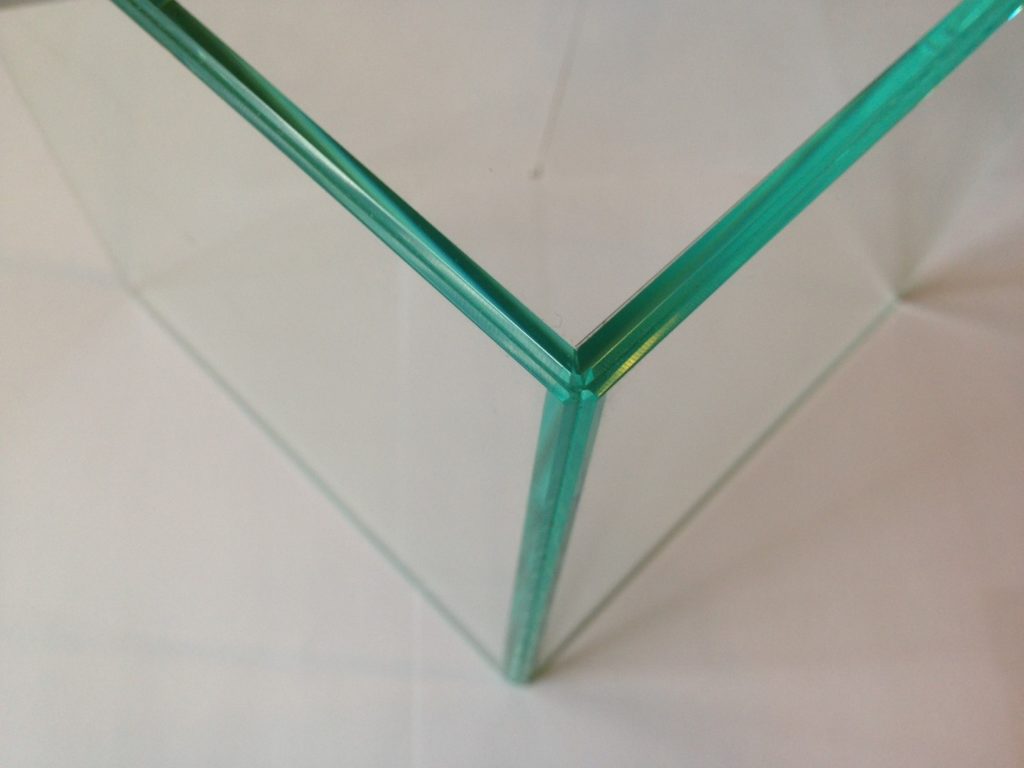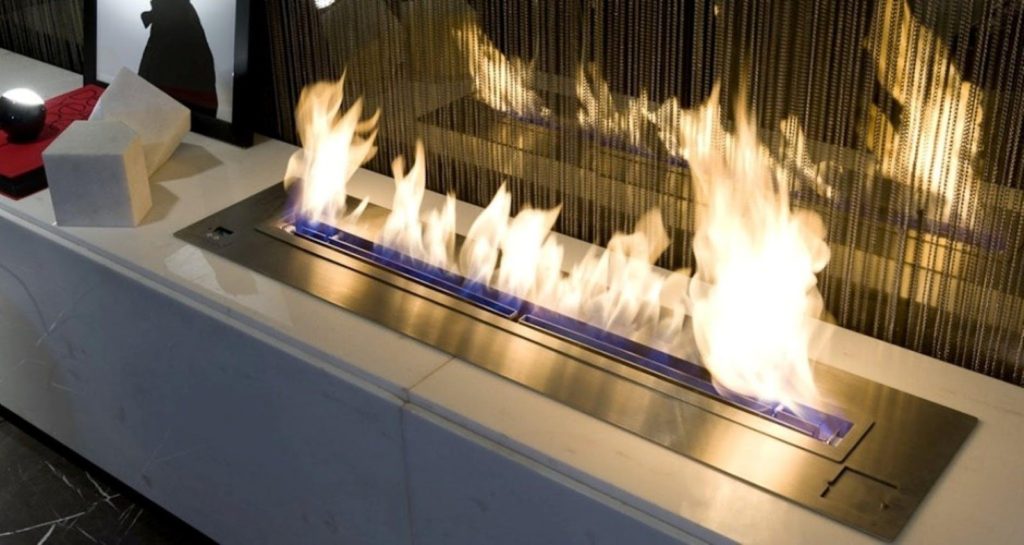There are a number of glass options to choose from for your gas fireplace. The choice you make mostly boils down to the style you have. But it is also worth remembering that fire is hot. The heat from the fire will permeate the materials around the fireplace – and that includes the glass. This means that you should only use glass that can handle the heat without getting damaged. In this article, we will look at the different glass options you have for your gas fireplace in order to help you determine which glass you should go for.
Types of Glass and Their Specifications
There are four main types of glass that are ideal for a fireplace. These are Pyroceram, Neoceram, Robax, and Tempered Glass. These different glass types were not created equal and they, therefore, have different strengths and weaknesses which makes them better equipped for different applications. Let’s have a look at each of these in more detail.
Pyroceram Glass

Pyroceram glass is a heat-resistant glass and it can, therefore, tolerate extremely high temperatures. It can withstand temperatures of up to 1,472 F. Pyroceram glass is actually more of a ceramic but it is referred to as glass because of its transparent nature. This tolerance to high temperatures makes this Pyroceram glass ideal for broilers, ovens, and fireplaces. Pyroceram also has an impressive thermal shock resistance. For instance, when cold water is poured on it when it is extremely hot, it doesn’t break like normal glass would. Its resistance to high temperatures and its thermal shock resistance qualities make it a perfect fit for your fireplace. It typically comes in 1/8-inch thickness.
Neoceram Glass

Just like Pyroceram, Neoceram is also more of a ceramic than glass but it is thought of as glass because it is transparent. Neoceram is also heat resistant and is therefore used for high heat solutions including wood pellet stoves, coal burning, electric heaters as well as fireplaces. It can handle up to 1472 degrees of heat. Neoceram typically comes in 3/16 inches and it can be cut into different shapes and sizes. Neoceram is also resistant to thermal shock and that is why it is used in applications that require temperature variations. Because of these qualities, Neoceram is typically used in wood stove glass.
Robax Glass

Robax is yet another transparent glass that is resistant to heat and is therefore ideal for high heat applications like coal burning, and fireplaces. Robax is produced in different shapes and sizes so it is ideal for all manner of uses. Robax has a very low thermal expansion and this is what makes it a great choice for heating devices like fireplaces and stoves.
Tempered Glass

Tempered glass is toughened glass that is made tough through several chemical and thermal treatment processes. Tempered glass is, therefore, more robust than ordinary glass. The process of toughening glass compresses the outer surfaces while increasing the tension of the interior surfaces and this is the reason why tempered glass crumbles into thousands of small chunks when broken. Tempered glass is used in all manner of applications including shower doors, tables, mobile phone screen protectors, diving masks, etc. tempered glass is commonly used in fireplace glass doors. Even though it can’t handle as much heat as ceramics, fireplaces are typically burned with their doors open so it is usually not exposed to as much heat as the other components.
Which One is Most Preferred and Why
Pyroceram, Neoceram, and Robax glass have somewhat similar qualities. Because of their high resistance to extreme temperatures coupled with their minimal thermal expansion, all of these three types of glass are a good fit for wood stove glass. Because fireplace glass does not generate heat above 400 degrees, tempered glass would be ideal. In fact, tempered glass is more commonly used mainly because it is a more economical solution. Suffice it to say that tempered glass is the most ideal for gas fireplaces while Pyroceram, Neoceram, and Robax glass can be used for coal, pellet, and wood stoves because these emit higher temperatures.
But the most important factor to consider when choosing the best fireplace glass is to determine the glass that your fireplace was designed for. This will ensure that you do not void the warranty. Investigate to find out how the original glass broke e.g.; did it shatter into tiny pieces or into larger glass chunks? If it broke into millions of tiny pieces, the fireplace probably had tempered glass. However, if the glass only cracked or broke but into big chunks of glass, then your fireplace probably has glass-ceramic.
It is also important to know the heat output of your fireplace. Does your gas fireplace use propane or does it use natural gas? If you are still not sure what kind of glass was on your fireplace, check the user manual of your fireplace or consult with a certified contractor. In fact, if you can get the brand name of the fireplace with the size specifications, most contractors will easily tell you the type of glass to go with over the phone. Contacting the company that installed the fireplace is another easy way of getting information on the best glass to use.
Conclusion
Before you start replacing the glass on your fireplace, take time to investigate and establish the exact glass that was on the fireplace. If you use a different kind of glass than what was originally installed, it might void your warranty. You should also know the exact dimensions of your fireplace as that will help you know the dimensions of the glass you need. You can get this and all other information you need from the user manual. If this manual is not available, try contacting the company that installed it. Once you have all the details on hand, you can go ahead and order your glass. Fiberglass and mirror have the best deals when it comes to fireplace replacement glass. Whatever thickness, shape, and size of glass you need, Fabglass and the mirror will have all the options you need.

